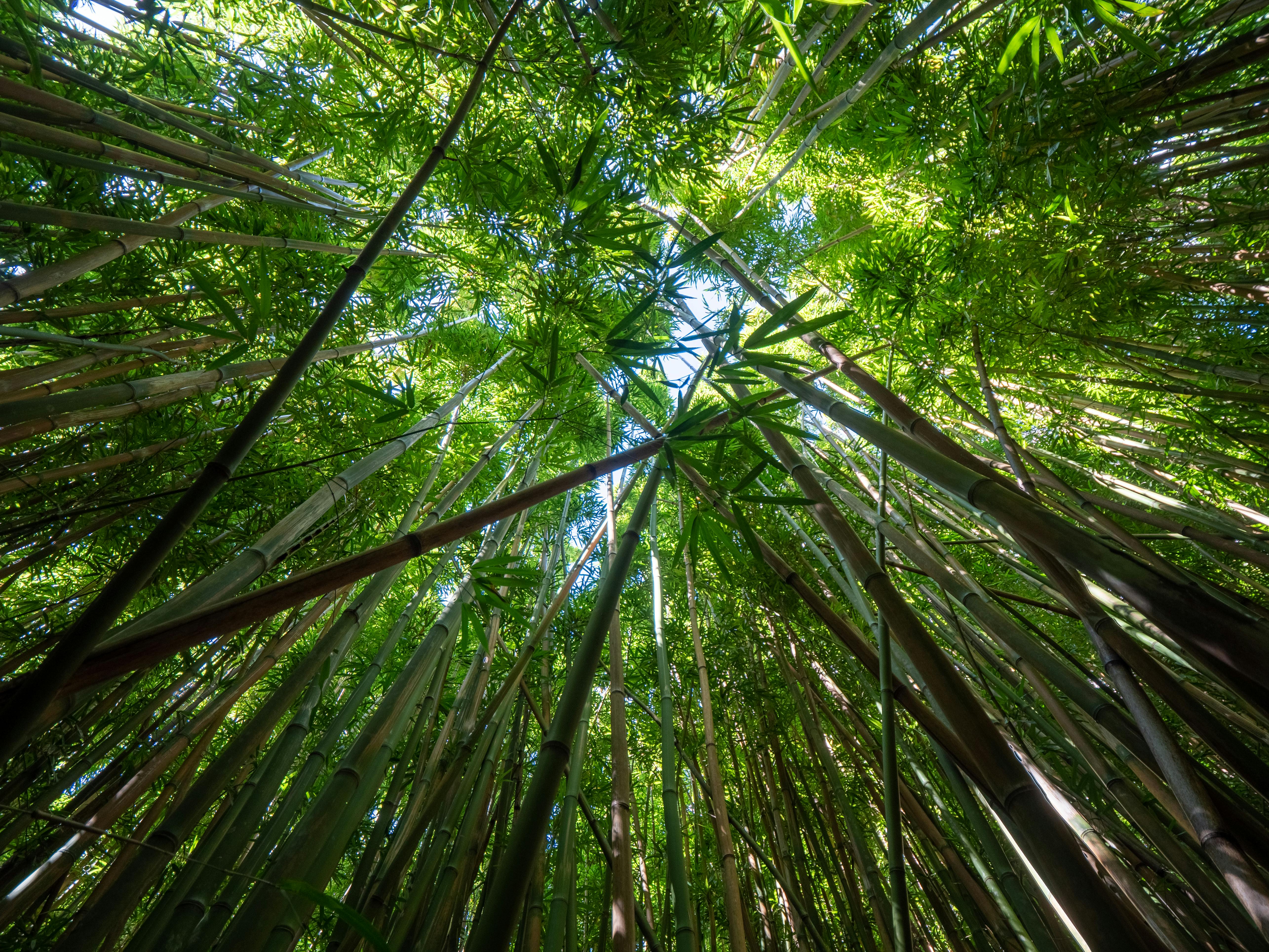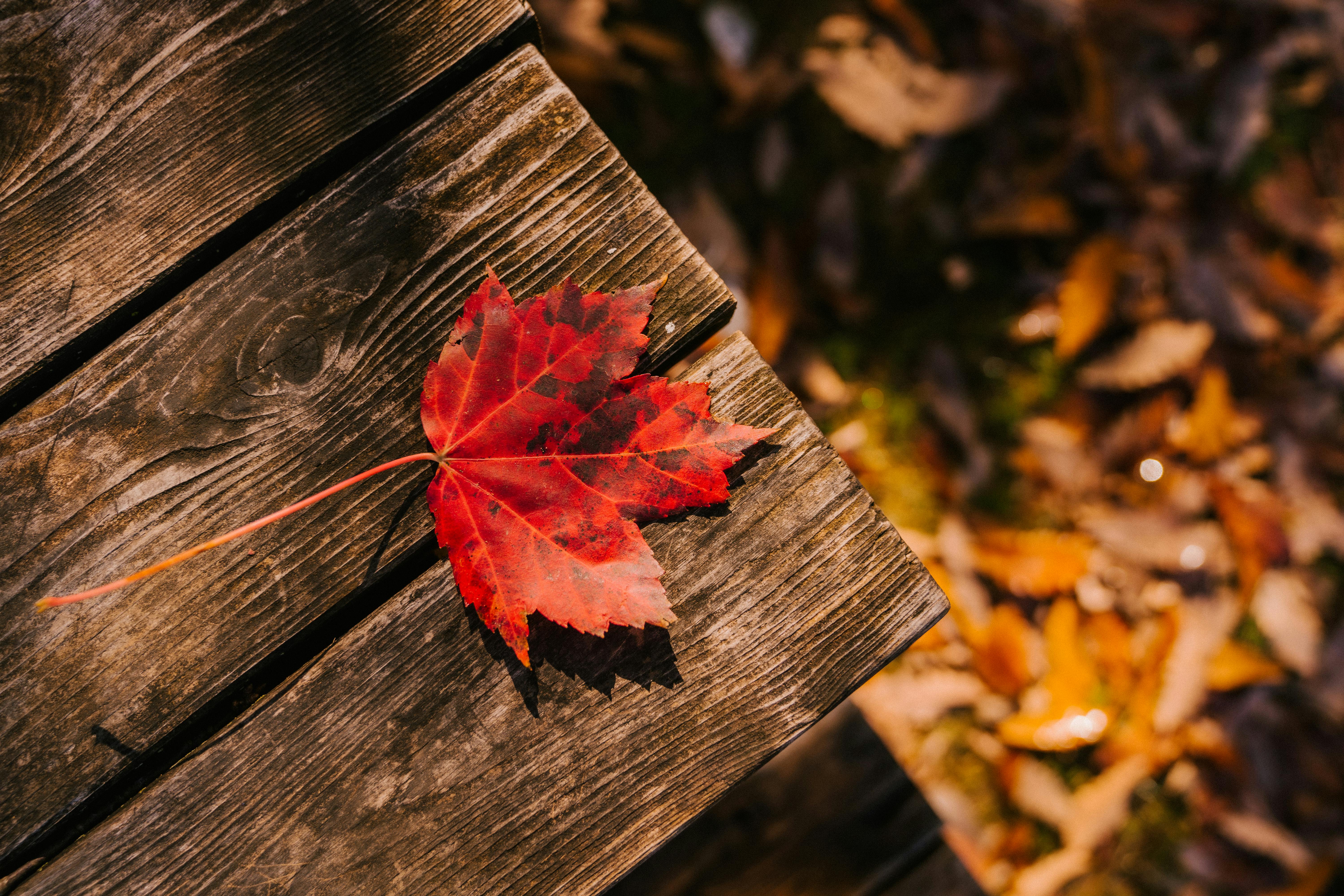Wild strawberries are a delicious and nutritious fruit that can be easily grown in gardens or containers. If you’re looking for an easy-to-grow, sweet treat to add to your garden, wild strawberries are a great choice. With their bright red berries and characteristic white blossoms, wild strawberries are a welcome addition to any garden. In this guide, we’ll discuss how to plant wild strawberries and the necessary steps to ensure a successful harvest.In order to grow wild strawberries, you will need the following: strawberry plants or runners, good quality potting soil, an area that receives full sun (at least 6 hours of direct sunlight per day), and mulch. Additionally, it is important to make sure the soil is well-drained as wild strawberries do not do well in soggy soil.
Selecting the Right Location for Planting Wild Strawberries
Choosing the right location to plant wild strawberries is essential for successful growth. When selecting a location, there are a few things to consider, such as sun exposure, soil type, and drainage.
Firstly, wild strawberries need at least 6 hours of direct sunlight each day in order to produce healthy fruits. Therefore, it is important to find a spot that has plenty of sunshine. If your area does not get enough sun, you can consider using artificial lighting or growing other varieties of strawberries that require less sunlight.
Secondly, the soil type should be well-draining and fertile. Wild strawberries do not tolerate wet or heavy soils well. Also, they prefer soil with a pH between 5.5 and 6.5—slightly acidic but not too acidic. If your soil does not meet these requirements, you can amend it with organic matter before planting the strawberry plants.
Finally, when planting wild strawberries you should also consider drainage. Poorly draining soils can cause root rot and other diseases in strawberry plants so make sure that the location you choose has good drainage. If necessary you can create raised beds or add organic matter to improve drainage in the area you plan to plant them in.
By taking all these factors into consideration when selecting a location for your wild strawberry plants you can ensure that they have the best chance for success!
Preparing the Soil for Planting Wild Strawberries
Wild strawberries are a great way to add an attractive and tasty addition to your garden. However, in order for them to thrive and produce delicious fruit, you will need to prepare the soil properly. This includes ensuring the soil is well drained, adding compost or manure for nutrients, and making sure the soil is slightly acidic.
The ideal pH level for wild strawberries is between 5.5 and 6.5, so if your soil is not at that level, you can add sulfur or iron sulfate to help lower the pH. Additionally, it’s important to check and adjust your soil’s drainage before planting. Wild strawberries prefer well-drained soil, so if water pools in your garden after a rainstorm, you may need to amend the soil with compost or sand before planting.
In addition to adjusting the pH level of your soil and ensuring proper drainage, it’s also important to add nutrients before planting wild strawberries. Compost or aged manure are great ways to add organic matter and provide essential nutrients such as nitrogen, potassium, phosphorus, and magnesium. Once you’ve added compost or manure to the soil, be sure to mix it in thoroughly with a garden fork or tiller before planting your wild strawberry plants.
By following these steps when preparing the soil for planting wild strawberries, you’ll be giving your plants the best chance of success in producing delicious fruit!
Obtaining Strawberry Plants or Seeds
When it comes to growing strawberries, you have two choices: buying plants or planting seeds. Both options have their own advantages and disadvantages, and it’s important to understand them before making a decision. Buying strawberry plants is a great option for those who want to get started quickly, as they are already established and will begin producing fruit faster than if you were to start from seed. You can purchase strawberry plants from nurseries or online plant retailers. However, keep in mind that the plants may not be the exact variety you want, and they may be more expensive than buying seeds.
If you’re looking for more variety, then starting with seeds might be the way to go. Planting strawberry seeds is a great way to experiment with different varieties and find the one that best suits your tastes. You can purchase strawberry seeds from garden centers or online seed retailers. Just keep in mind that it will take longer for the strawberries to produce fruit when planted from seed, so make sure you plan accordingly.
Wild Strawberries Spacing and Planting Guidelines
Wild strawberries are a perennial crop that produce small, juicy fruits. They are easy to grow and require minimal maintenance. To ensure a successful harvest, it is important to follow proper spacing and planting guidelines. The recommended spacing for wild strawberry plants is 6-8 inches between individual plants and 18-24 inches between rows. Wild strawberries can be planted in the spring or fall, when soil temperatures reach at least 45°F. When planting, it is best to use young, healthy transplants as opposed to seeds. Be sure to water the plants thoroughly after planting and keep the soil moist until the plants are established. It is also important to provide adequate drainage so that the roots do not become waterlogged. Mulching around the plants with straw or grass clippings can help retain moisture and suppress weeds. With proper care and maintenance, wild strawberry plants can produce an abundant harvest of sweet berries for many years to come.

Caring for Established Wild Strawberry Plants
Wild strawberries are a wonderfully low-maintenance fruit crop. They are perennial plants, meaning they will come back year after year with minimal care. To keep your wild strawberry plants healthy and productive, there are some simple maintenance tasks you should follow.
Mulching is one of the most important things you can do for your wild strawberry plants. Mulch helps to retain moisture in the soil and keeps weeds at bay. A layer of straw or shredded leaves works well as a mulch for wild strawberry plants.
Fertilizing is also important for established wild strawberry plants. Although wild strawberries can survive without fertilizers, adding a balanced fertilizer or compost to the soil will help keep them healthy and productive. Aim to fertilize your strawberry plants two or three times each year in early spring, mid-summer, and late summer.
Regular pruning of your wild strawberry plants is also necessary to keep them healthy and productive. Prune away any dead or damaged leaves and flowers as soon as you notice them. This will help prevent disease from spreading throughout the plant. In addition, trim away any runners that emerge from the mother plant to encourage more flowering and fruiting branches.
Finally, water your established wild strawberry plants deeply but infrequently during dry spells. Too much water can cause root rot in these vulnerable little fruits, so it’s best to let the soil dry out between waterings so that the roots don’t stay too wet for too long.
By following these simple tips, you can ensure that your established wild strawberry plants remain healthy and productive for many years to come!
Watering and Mulching Requirements for Wild Strawberries
Wild strawberries are a popular garden plant that can be grown in many parts of the country. They require regular watering and mulching to keep them healthy and productive. To ensure that your wild strawberries get enough water, it is important to water them at least once a week, particularly during dry periods. It is also important to mulch around the plants to help retain moisture and prevent weeds from growing. This will help keep your wild strawberries healthy and productive. Additionally, it is important to check the soil moisture levels regularly and adjust the watering schedule accordingly.
Mulching is also important for wild strawberries. Mulch helps keep the soil cool in summer and warm in winter, which can help promote more vigorous growth. It also helps retain moisture in the soil, prevents weeds from taking over, and can make weeding easier as well. When mulching around wild strawberry plants, make sure to use organic material such as grass clippings or straw that will decompose over time. Avoid using plastic or other materials that will not decompose as they can trap moisture and create an unhealthy environment for your plants.
By following these watering and mulching requirements, you can ensure that your wild strawberries stay healthy and productive for years to come. With regular care, you can enjoy a bountiful harvest of sweet berries every year!
Fertilizing Needs of Wild Strawberries
Wild strawberries are a perennial plant and can produce fruit for many years. In order to maximize yields, they need to be fertilized regularly. Fertilizing wild strawberries encourages healthy root growth, larger fruit production, and disease resistance. It is important to use the correct type and amount of fertilizer for optimal results.
The best time to fertilize wild strawberries is in the spring, just as soon as the new leaves begin to appear on the plants. A balanced fertilizer with an equal ratio of nitrogen, phosphorus, and potassium should be used. A 10-10-10 or 15-15-15 fertilizer works well for wild strawberries. A light application of fertilizer should be applied at a rate of one pound per 100 square feet of planting area. If too much fertilizer is applied, it can burn the plants’ roots or cause nutrient deficiencies.
In addition to spring fertilization, an additional application during mid-summer can also be beneficial. This helps support continued growth throughout the season and encourages more flowers and berries. It is important not to over-fertilize at this time as it can reduce yields and cause stress on the plants which can lead to disease issues later in the season.
Wild strawberry plants do not require much fertilizer overall but providing them with some extra nutrients will help them reach their full potential during their growing season. Applying the correct type of fertilizer in the right amounts will help ensure that your wild strawberry patch produces plenty of delicious berries year after year.

Conclusion
Planting wild strawberries is a rewarding activity that can bring a lot of joy. Not only are wild strawberries attractive to look at, but they also provide plenty of nutritious fruit. Wild strawberries are easy to grow and require very little maintenance once they are established. With the right soil and adequate watering, you can enjoy a plentiful harvest of delicious wild strawberries in no time. Remember to keep the soil well-drained and mulched, and make sure you plan ahead so that your strawberry patch will be in full bloom during the summer months. With some patience and dedication, you can be sure to enjoy freshly picked wild strawberries all season long!
Happy planting!



